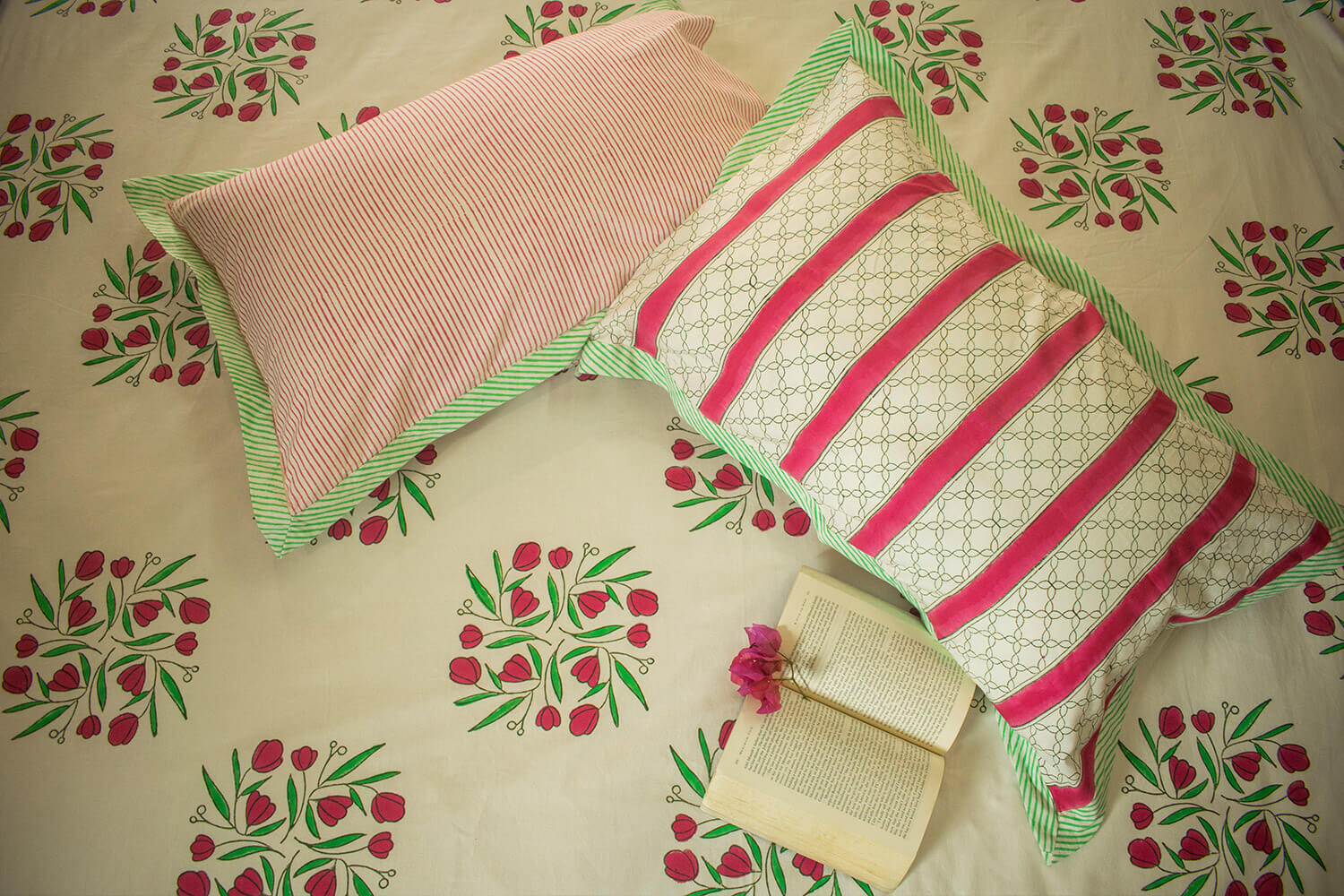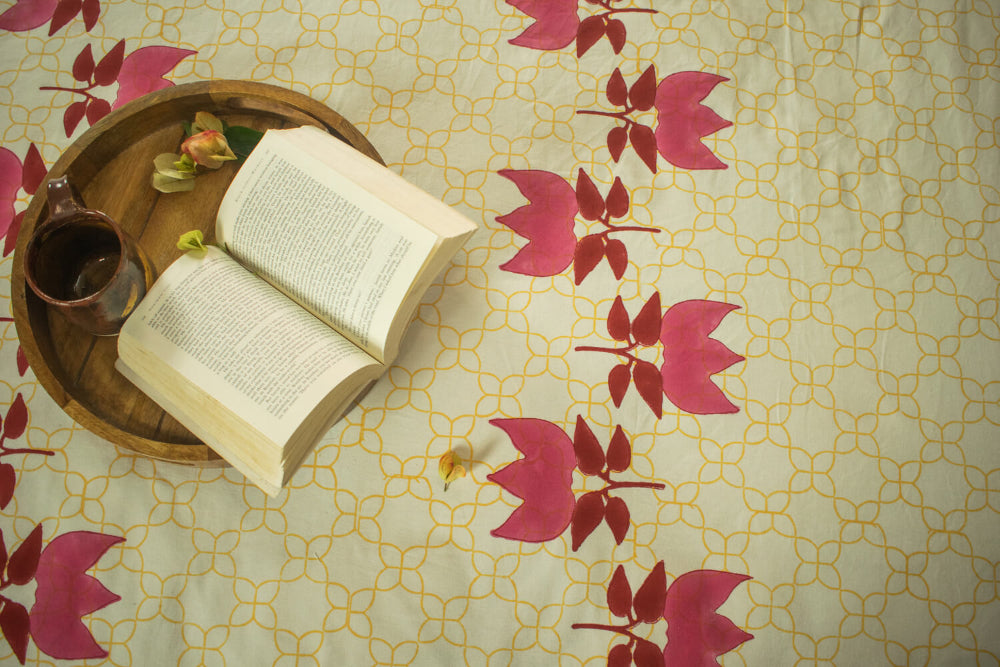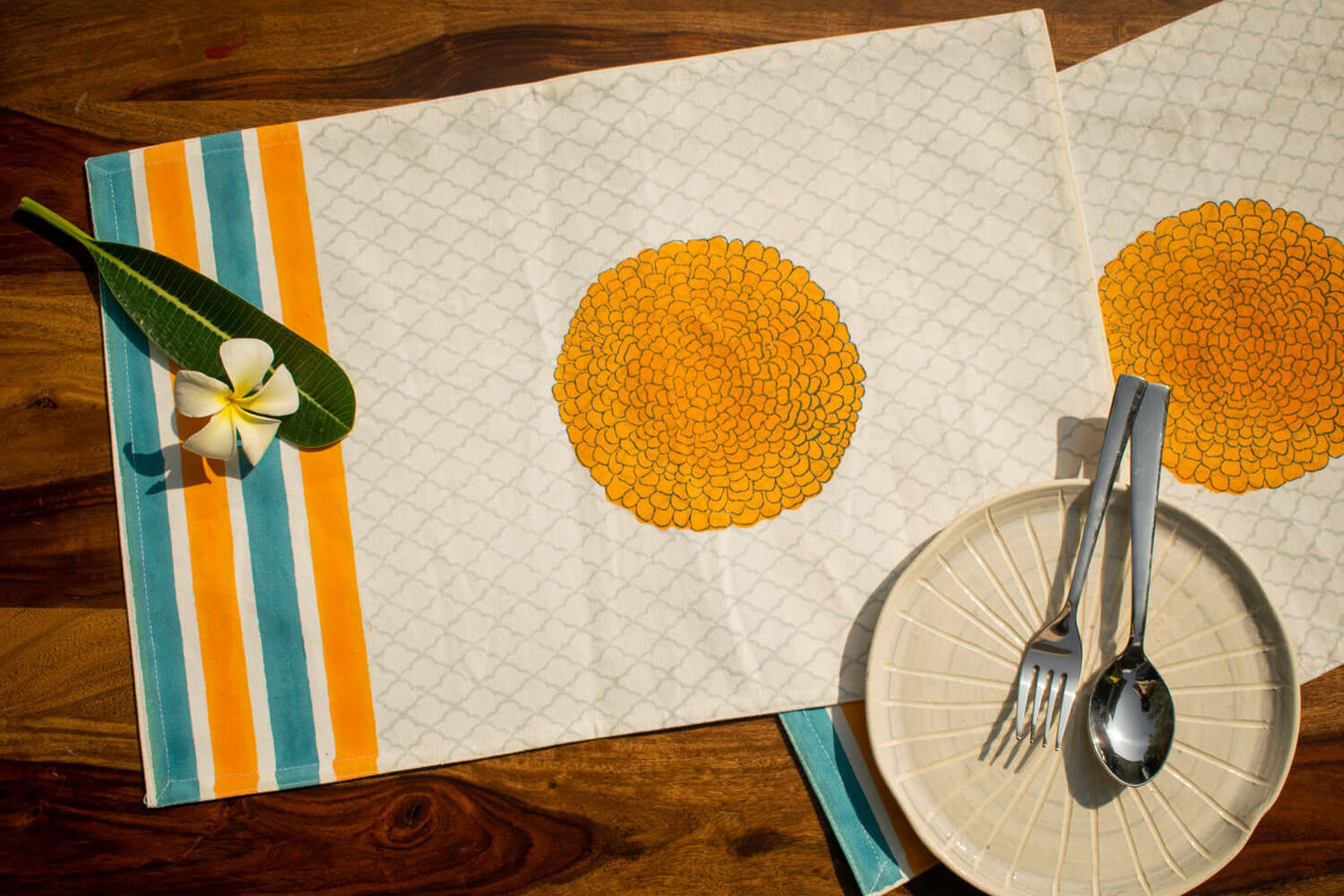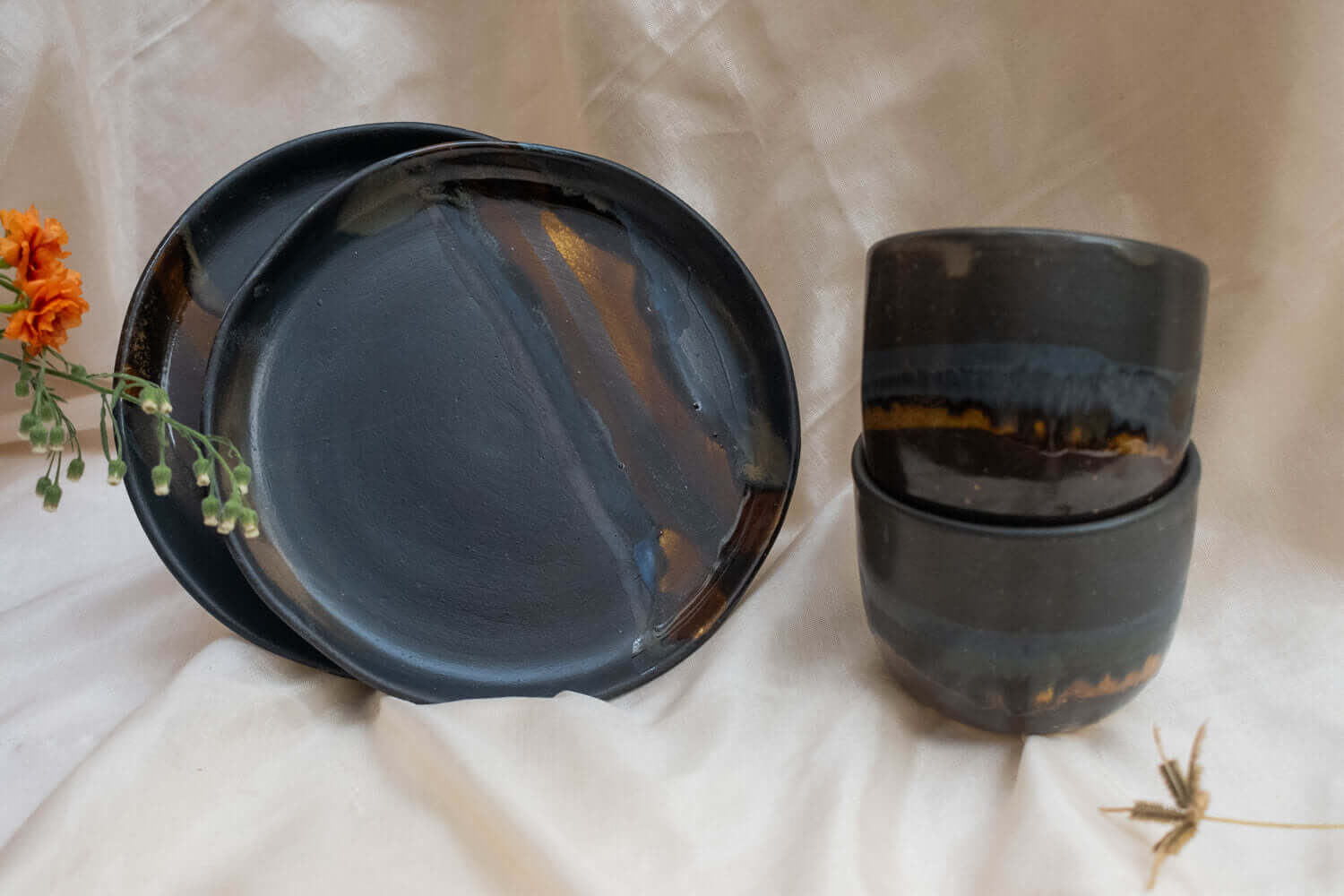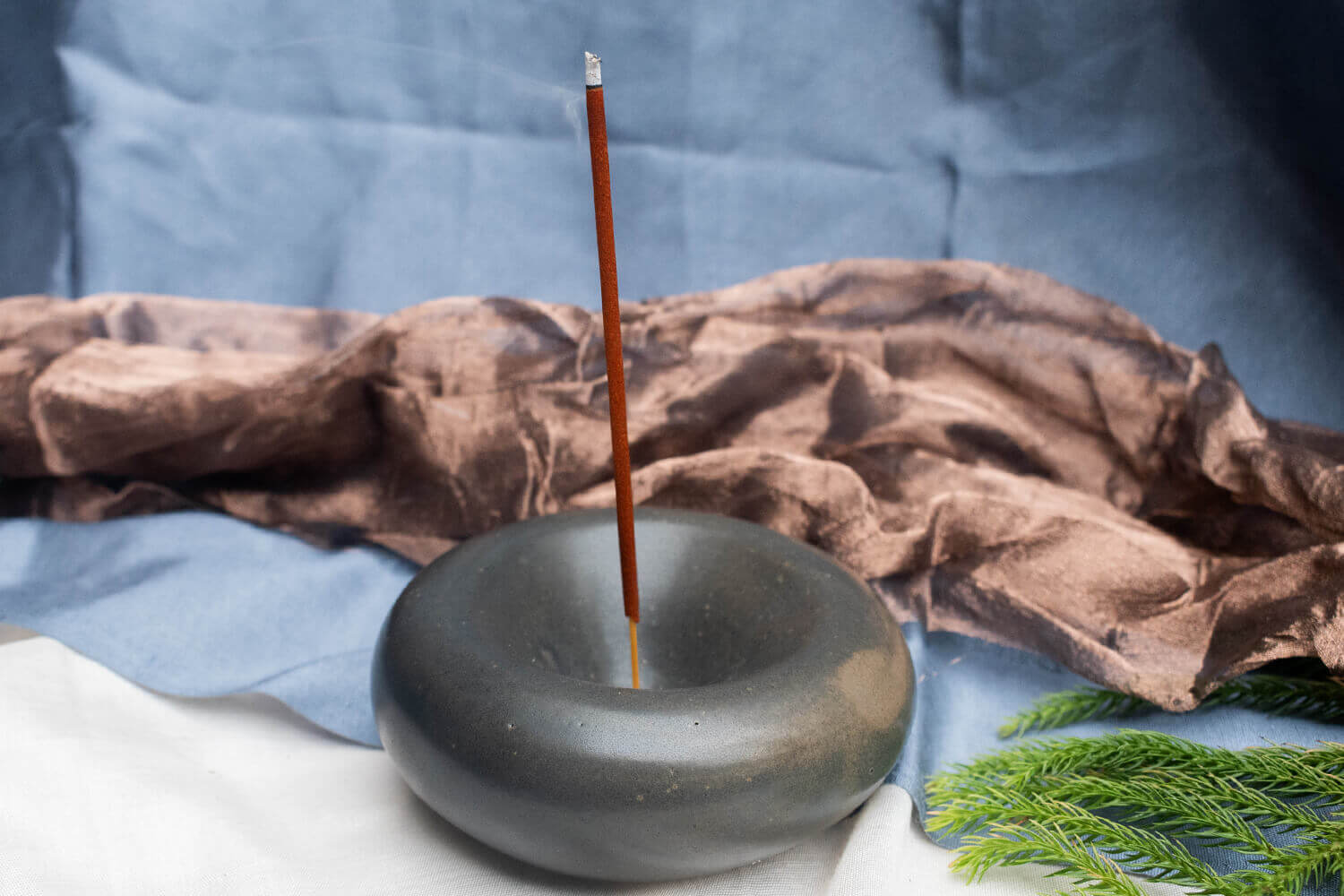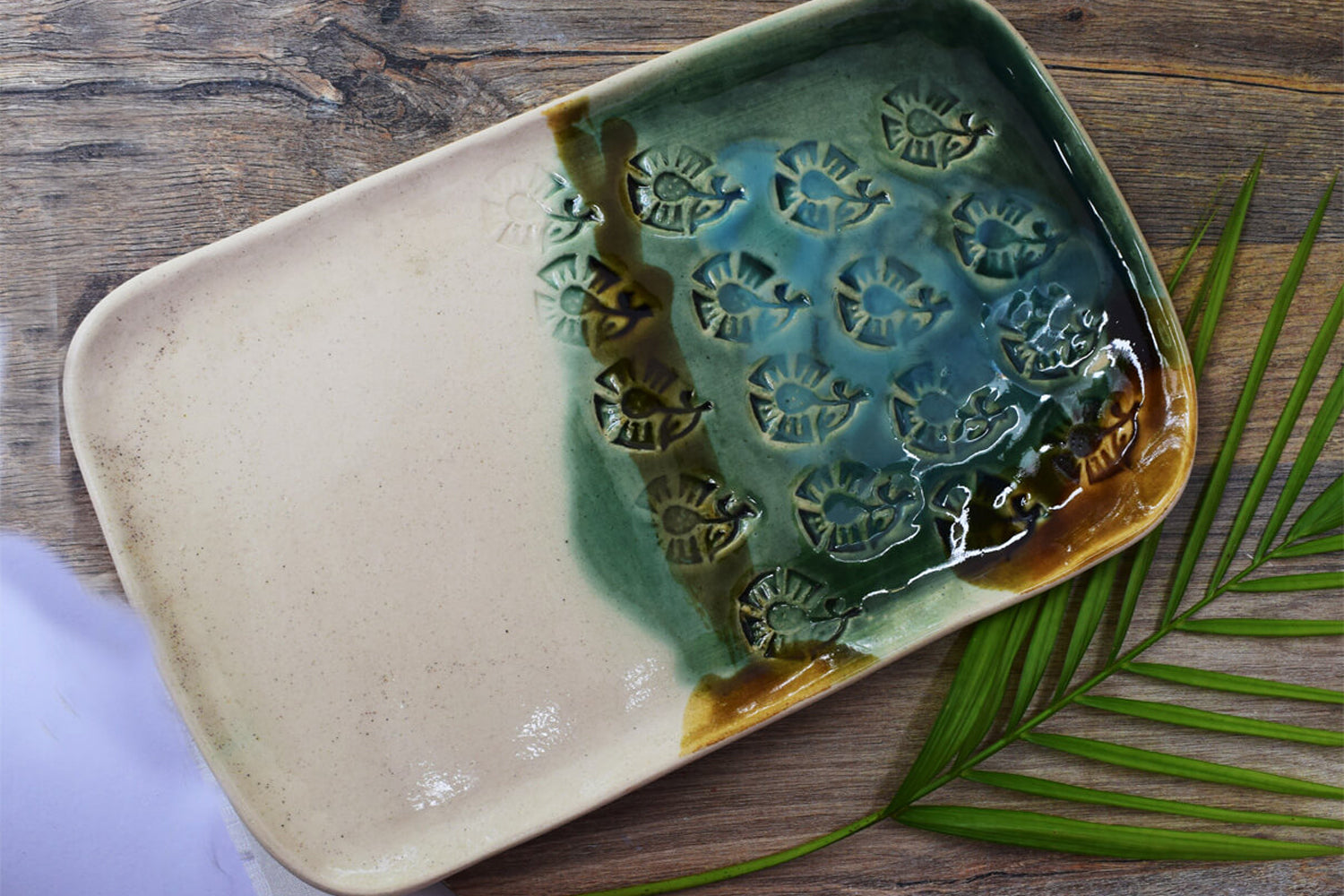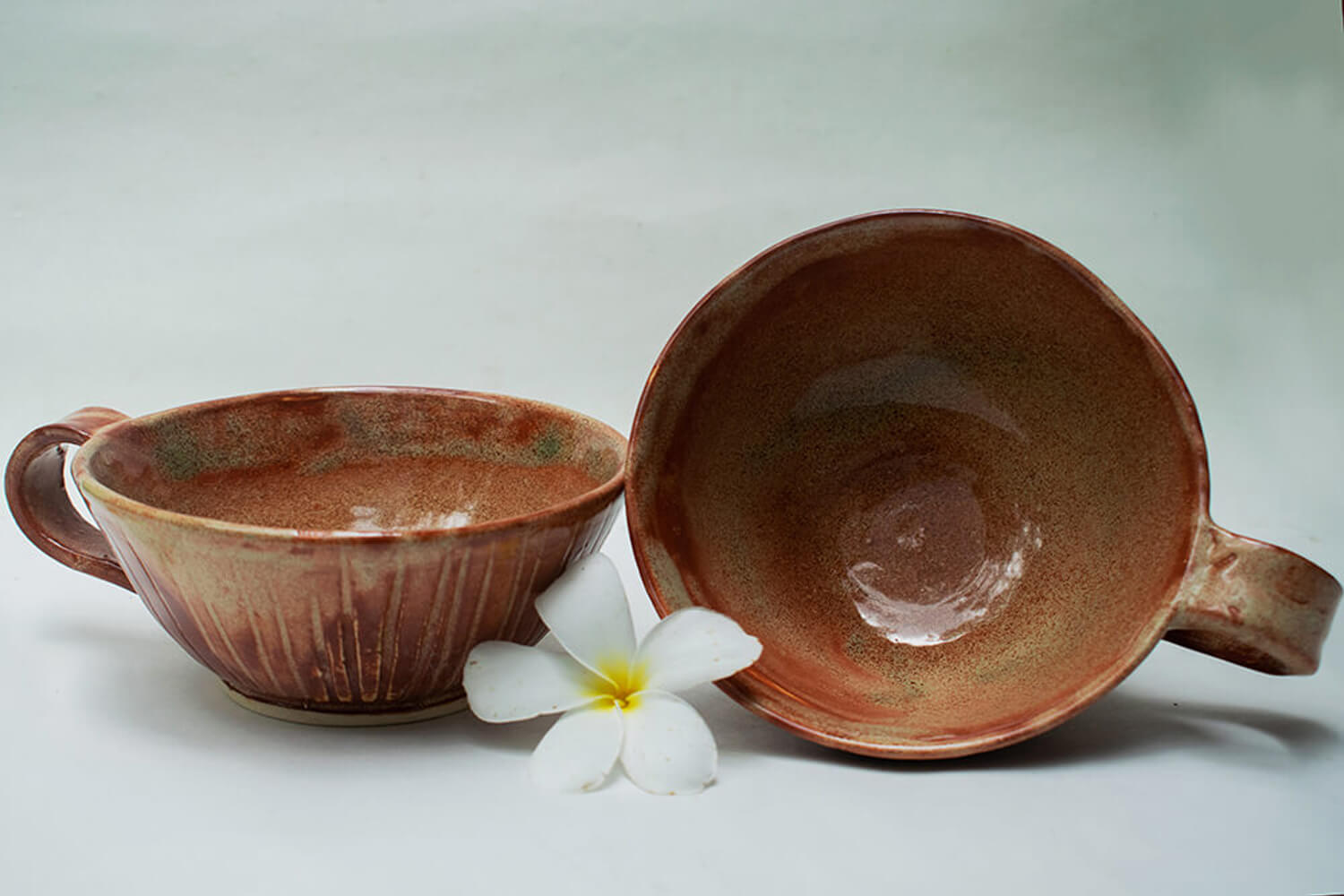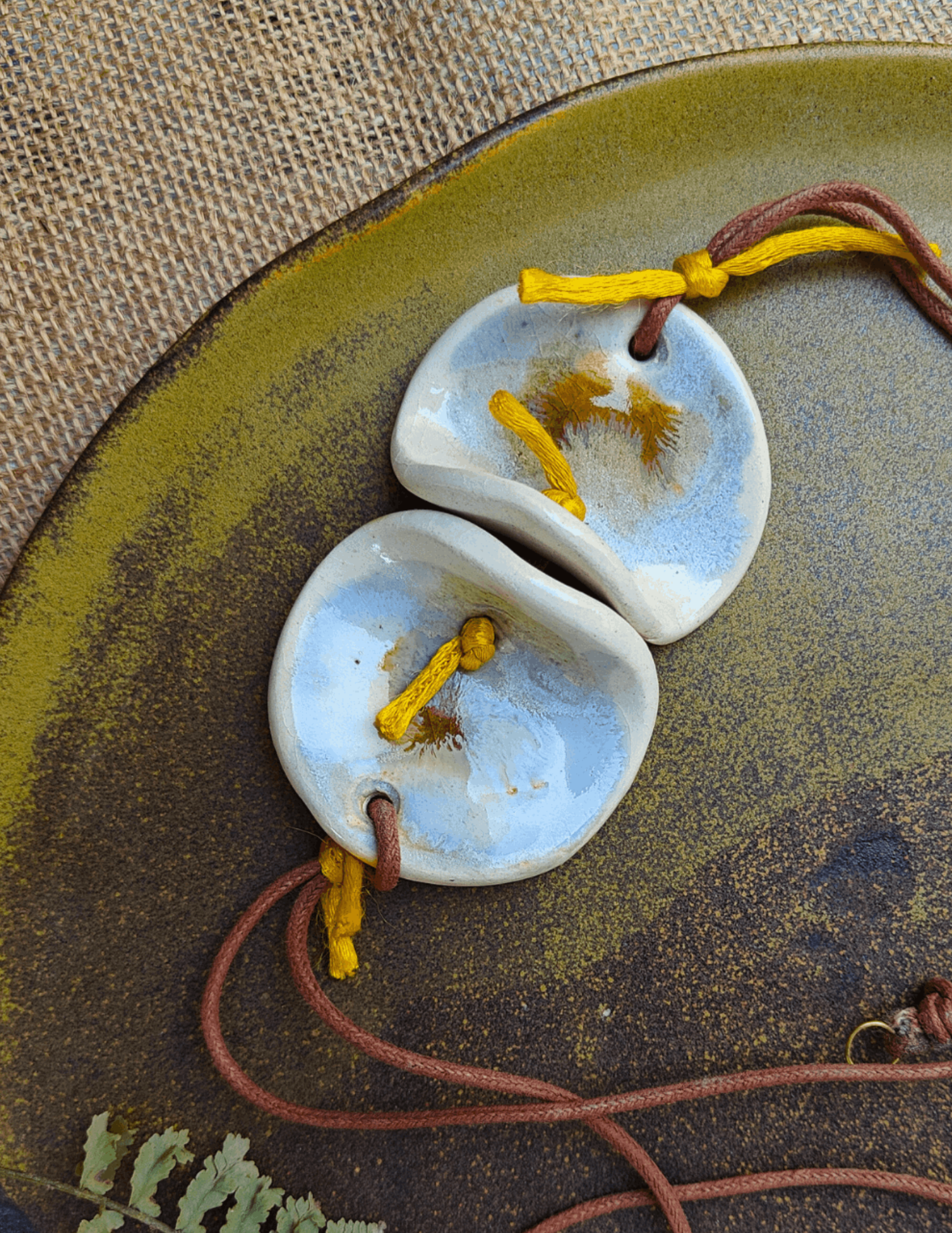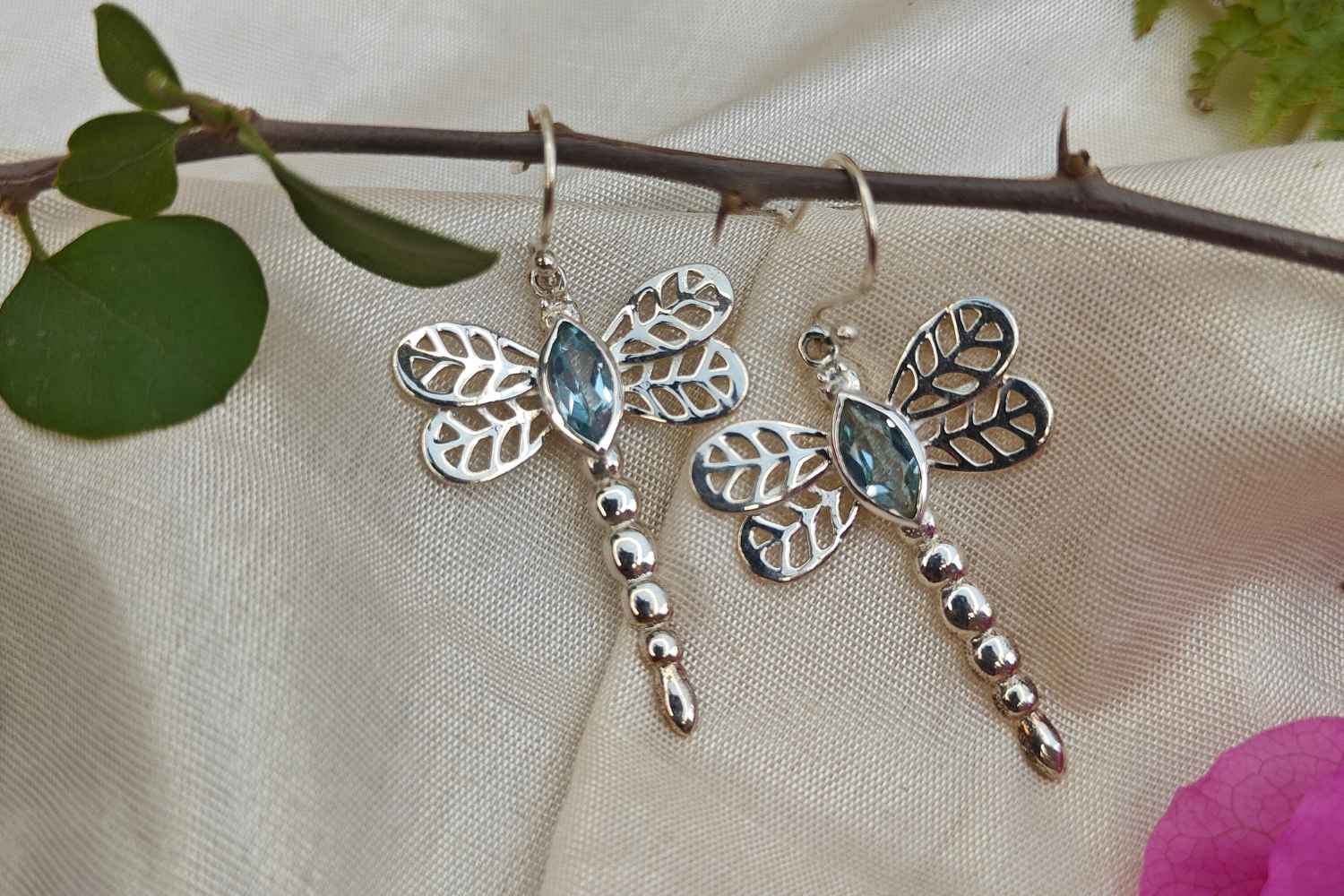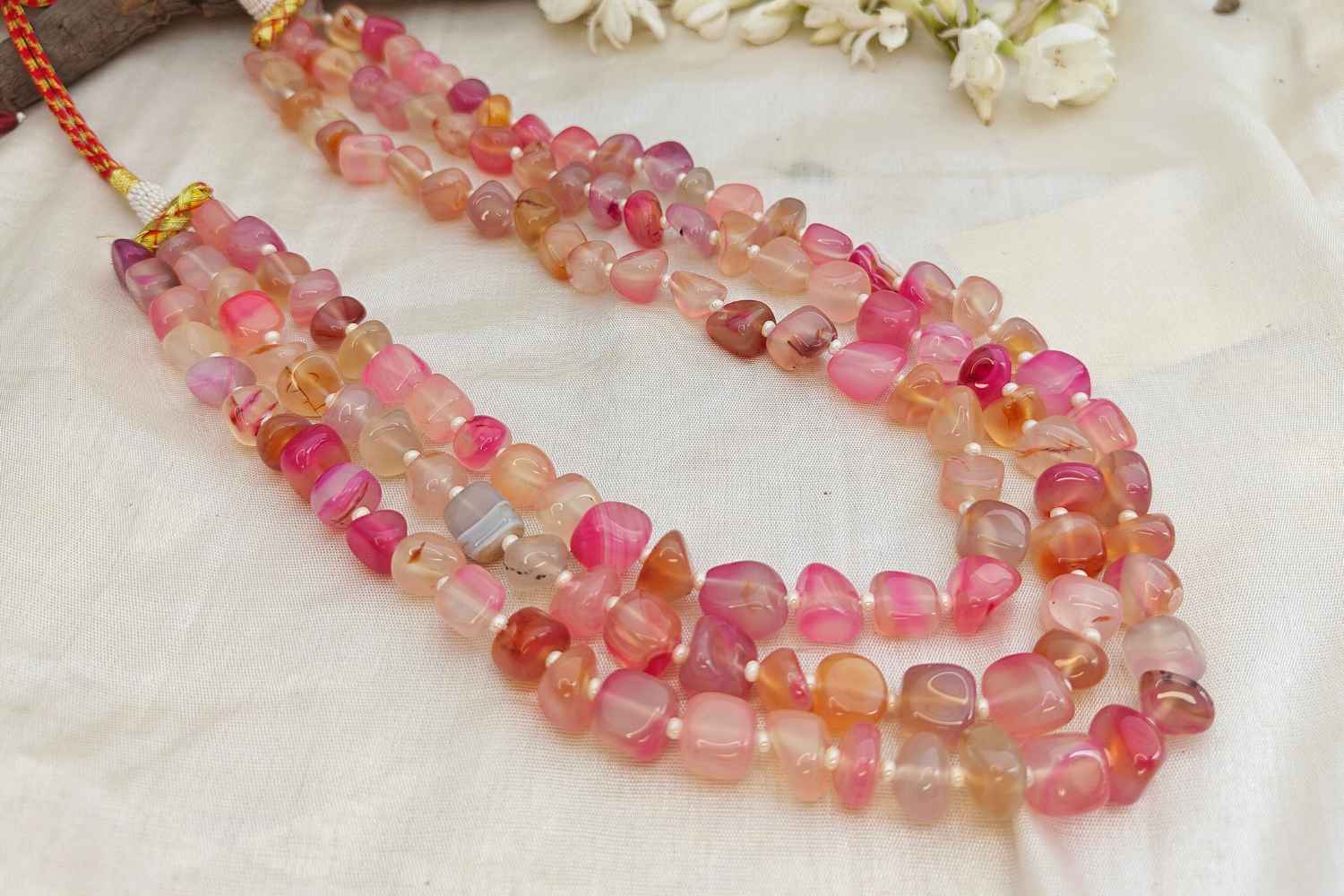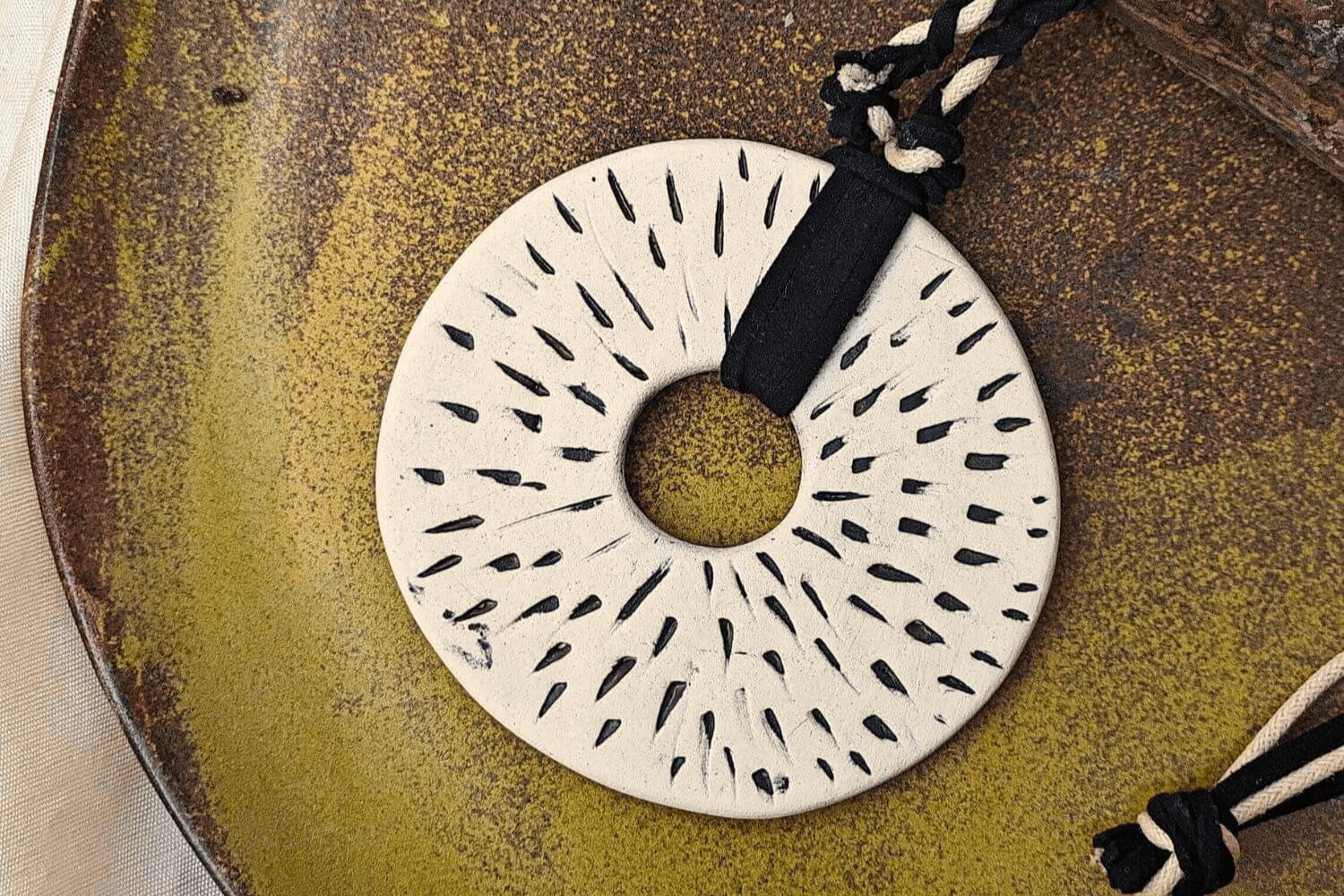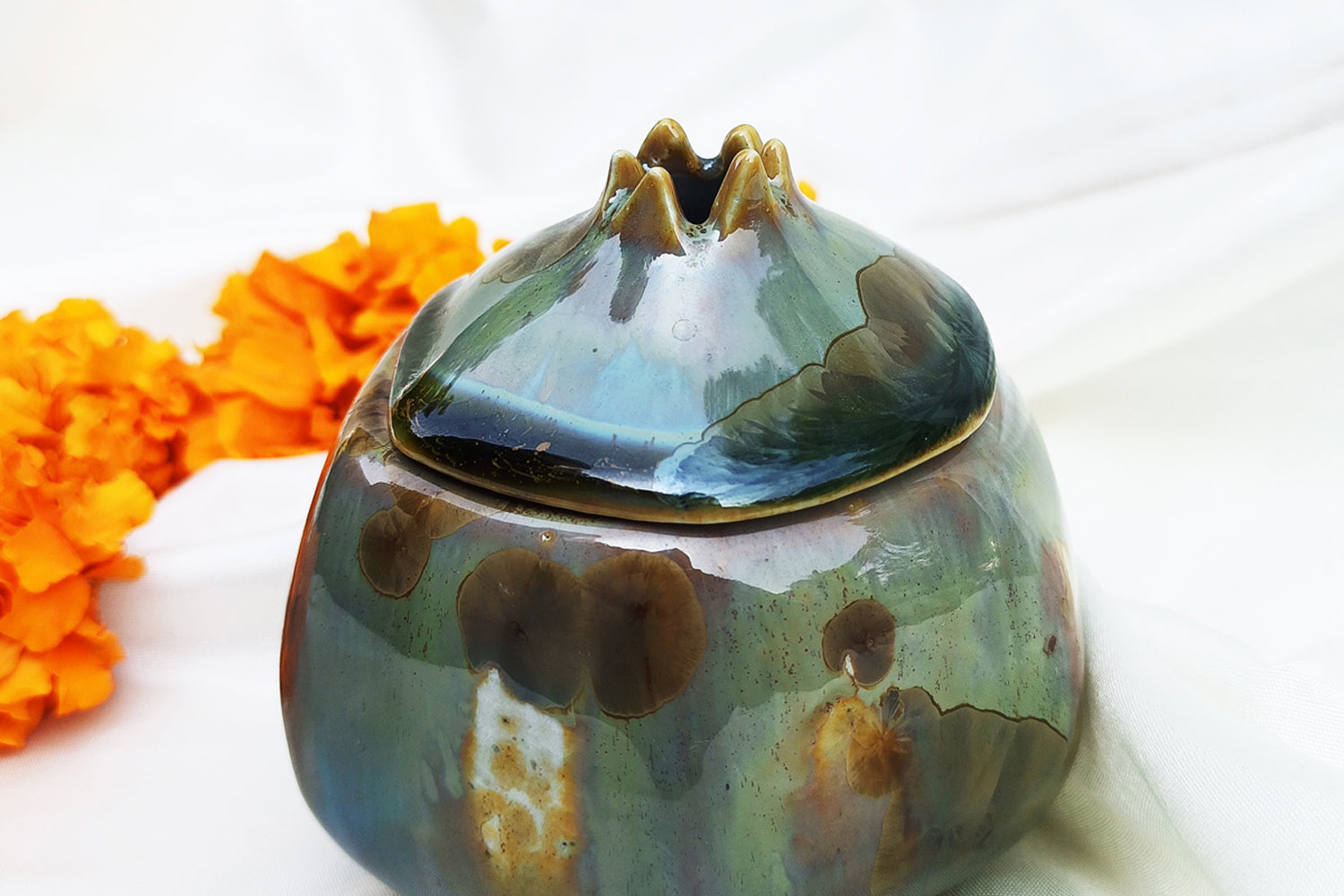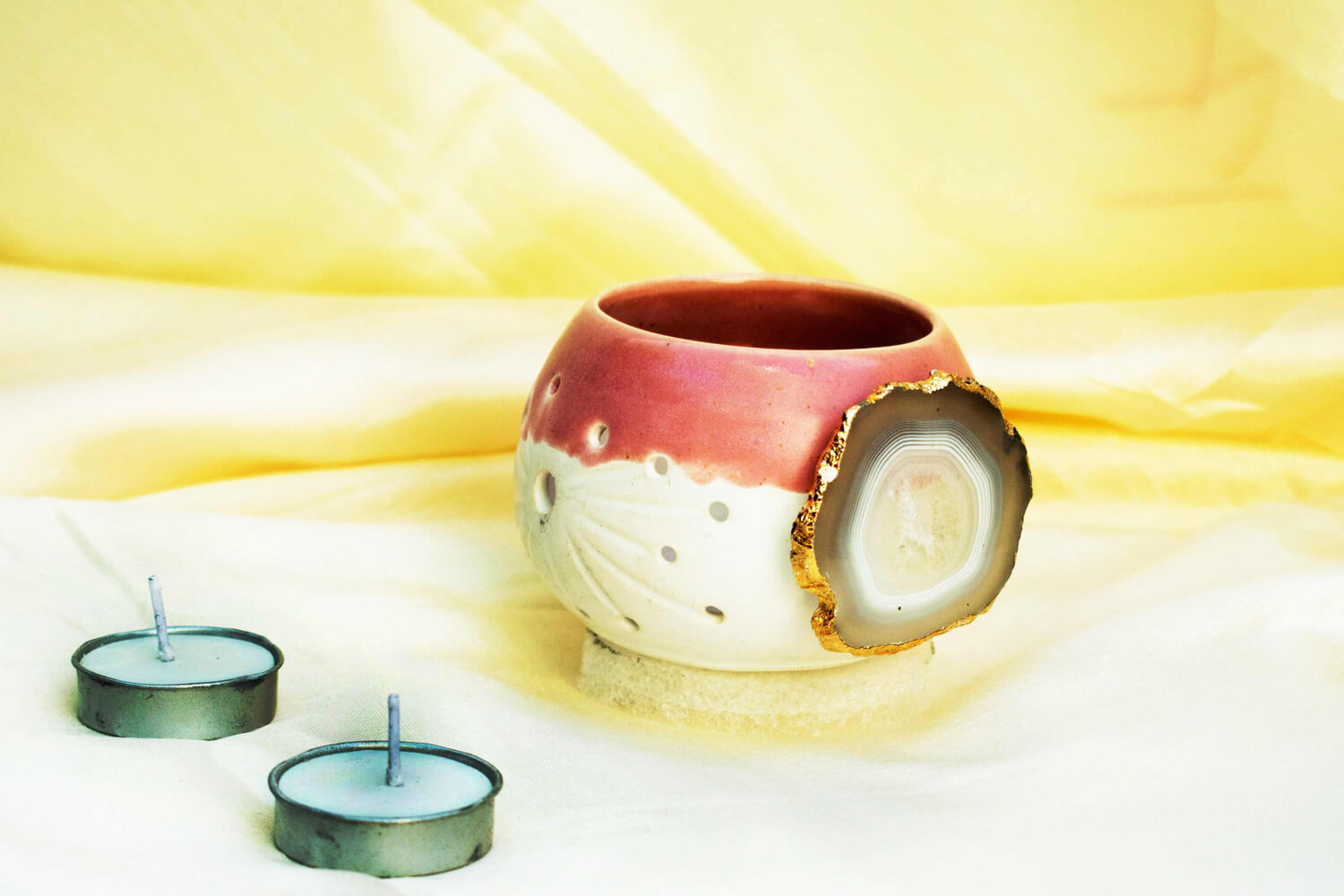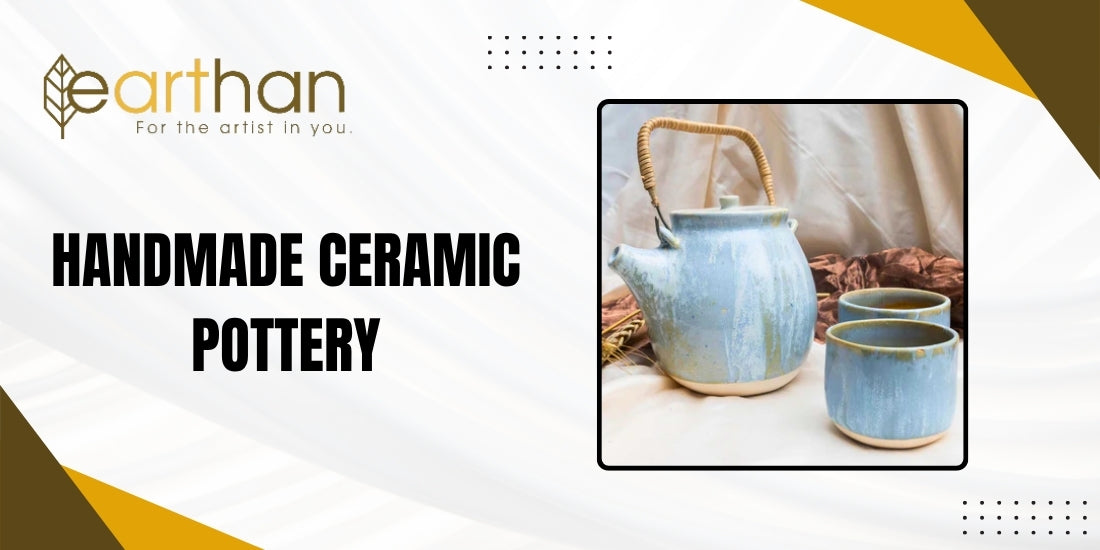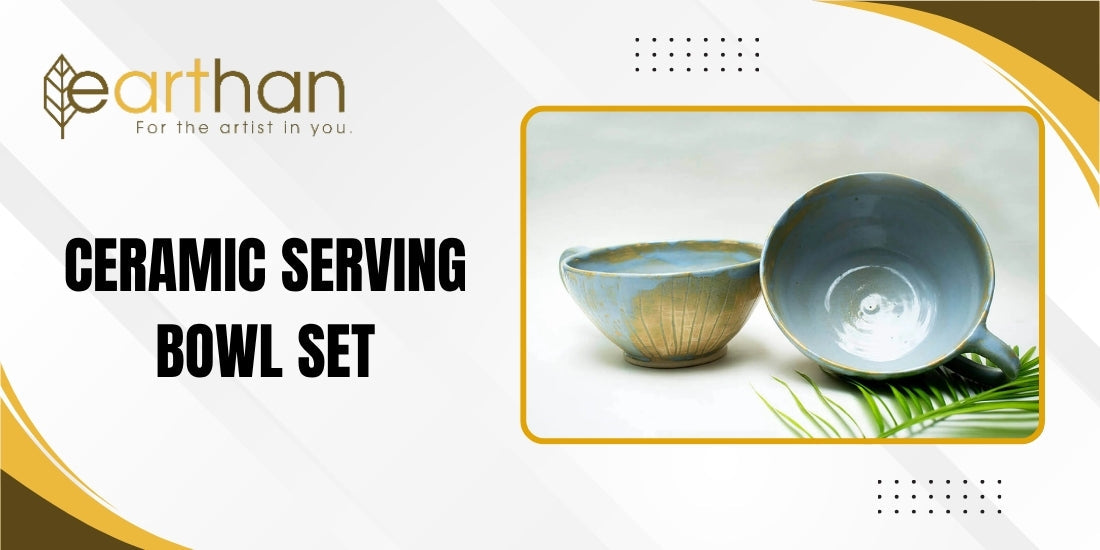The ancient art of hand block printing involves printing designs on fabric and has been inherited through generations by the people of Rajasthan. Bagru is a small village in the city of Jaipur, where it all started. The people of Bagru were taught this trade by their ancestors for more than 300 years. In fact, the idea of printing designs on fabric wasn’t that of Indians; it first originated in China. But Indians had expertise in the art of natural dyes and the secret of organic plant-based dyes, that made them unique to this style of design and printing.
The tradition of hand block printing rather goes back to the era of Mughals. Later in the 16th century, the art of hand block printing again caught the eye of the Maharajas of Jaipur. The royals of the pink city Jaipur were fascinated by the art of hand block printing and thus gave the chippa community of Bagru and Sanganer an opportunity to nurture this craft.
Hand block printing goes through many stages before a piece of fabric is ready to go out there in the market. The process of block printing starts by making hand-carved wooden blocks preferably utilizing rosewood. Intricate designs and patterns are carved out of them. Once the design has been made and approved, it goes for hand sanding to make the surface of the block uniform and smooth and then a white paste is coated to further smoothen the surface for detailed fabric printing. It is also soaked in oil to cure the wood so it doesn't crack and is then ready for use in printing.

Finally, It is then dipped in dye and stamped onto long lengths of fabric. Today, the clothing industry is using all kinds of synthetic dyes and colors but people of Bagru still incorporate the use of natural organic dyes, which makes the whole process even more detailed.
Our block prints belong to the Sanganer school, Sanganer being another village close to Bagru. The way to distinguish Sanganer from Bagru prints is by looking for imprints of geometric as well as stylized floral and animal forms.

The process of hand block printing is long and tedious and Mother Nature plays a huge role in influencing that. There are two time periods in the entire year - monsoons and winters - when the process comes to a virtual standstill as drying needs good sunlight and It is very arduous to dye and print during these seasons. To ascertain the prints are right, it is essential for the color to dry quickly and evenly. If there is a plethora of moisture in the air, the process of drying inclines to decelerate. And, if the color does not dry appropriately, the prints in the fabric appear dull and there might be a chance for it to get smudged in the whole process. The winter season on the other hand has its own issues. The fog and the lack of sunlight affect the drying process making it hard for the wet fabric to dry quickly for the patterns to sustain properly and the color to not appear dull.
Despite all challenges, the unique fabric with beautiful intricate designs that comes out is made into new items like saris, bed sheets, quilts, cushion covers, carpets, bags, garments and other fabrics, which we can incorporate into our daily lives!
Block printing today is done in other parts of India as well, places like Punjab, West Bengal, Andhra Pradesh, Madhya Pradesh, Uttar Pradesh, and Maharashtra. You will find that all the designs vary from place to place and are different from their culture and heritage in their own unique way. In Rajasthan for instance colorful prints of human figures, birds, animals, flowers, geometrical patterns, and different deities and goddesses are highly popular. This process is done by ocular perceiver and hand coordination, but even imperfections are a component of the resplendency of this Handcraft and that adds to the raw beauty of this art, making it unique.

